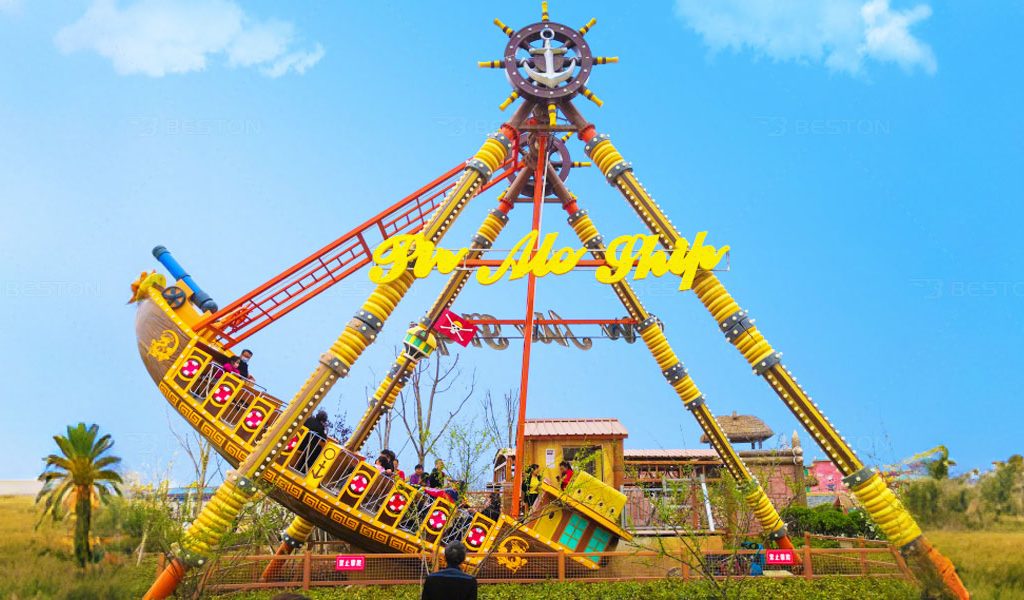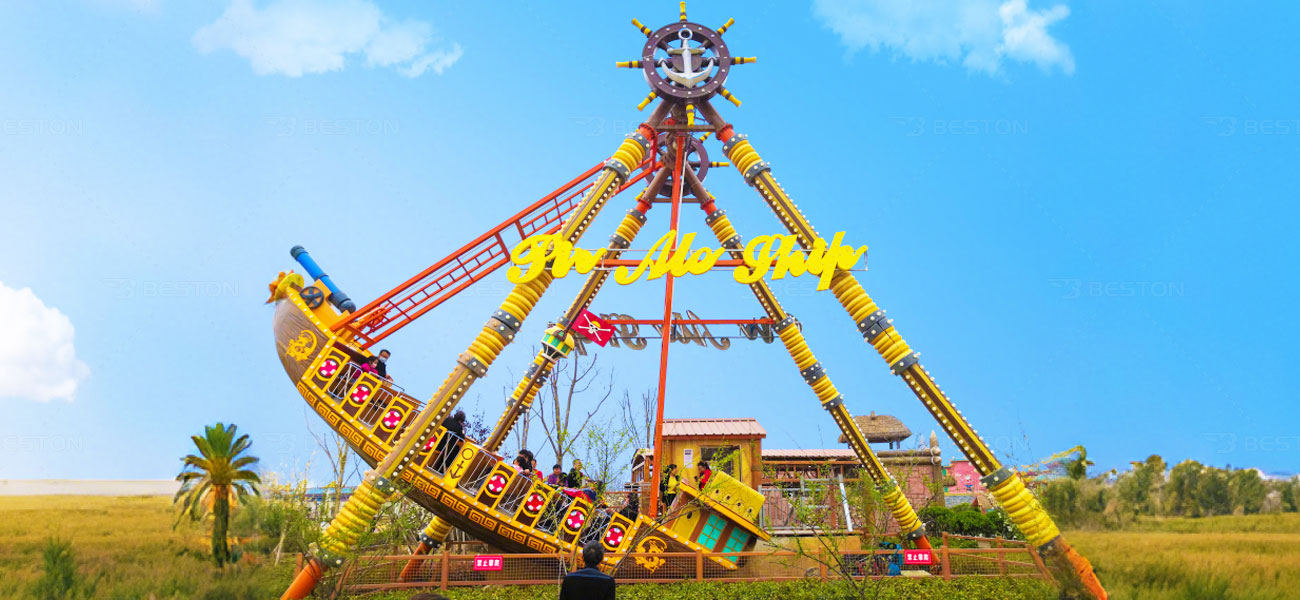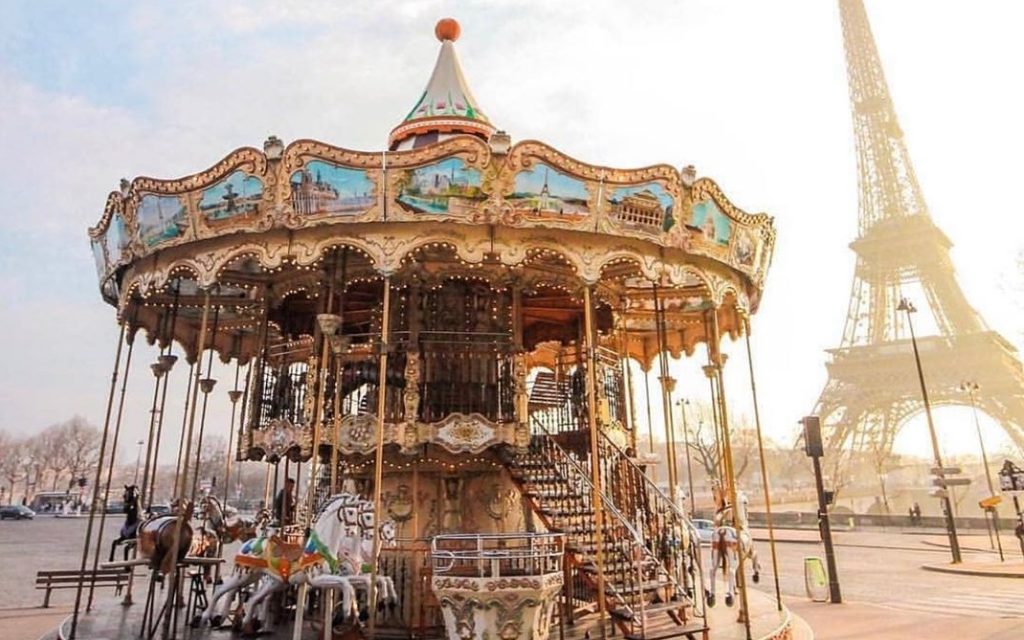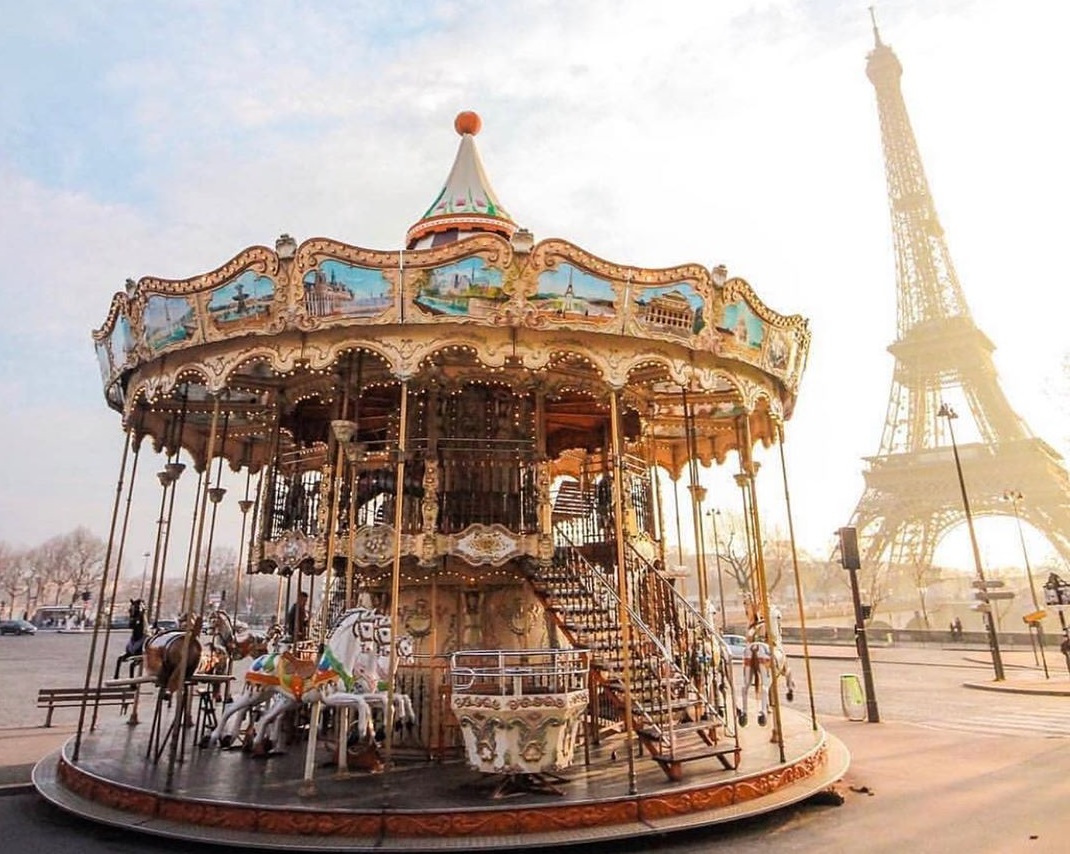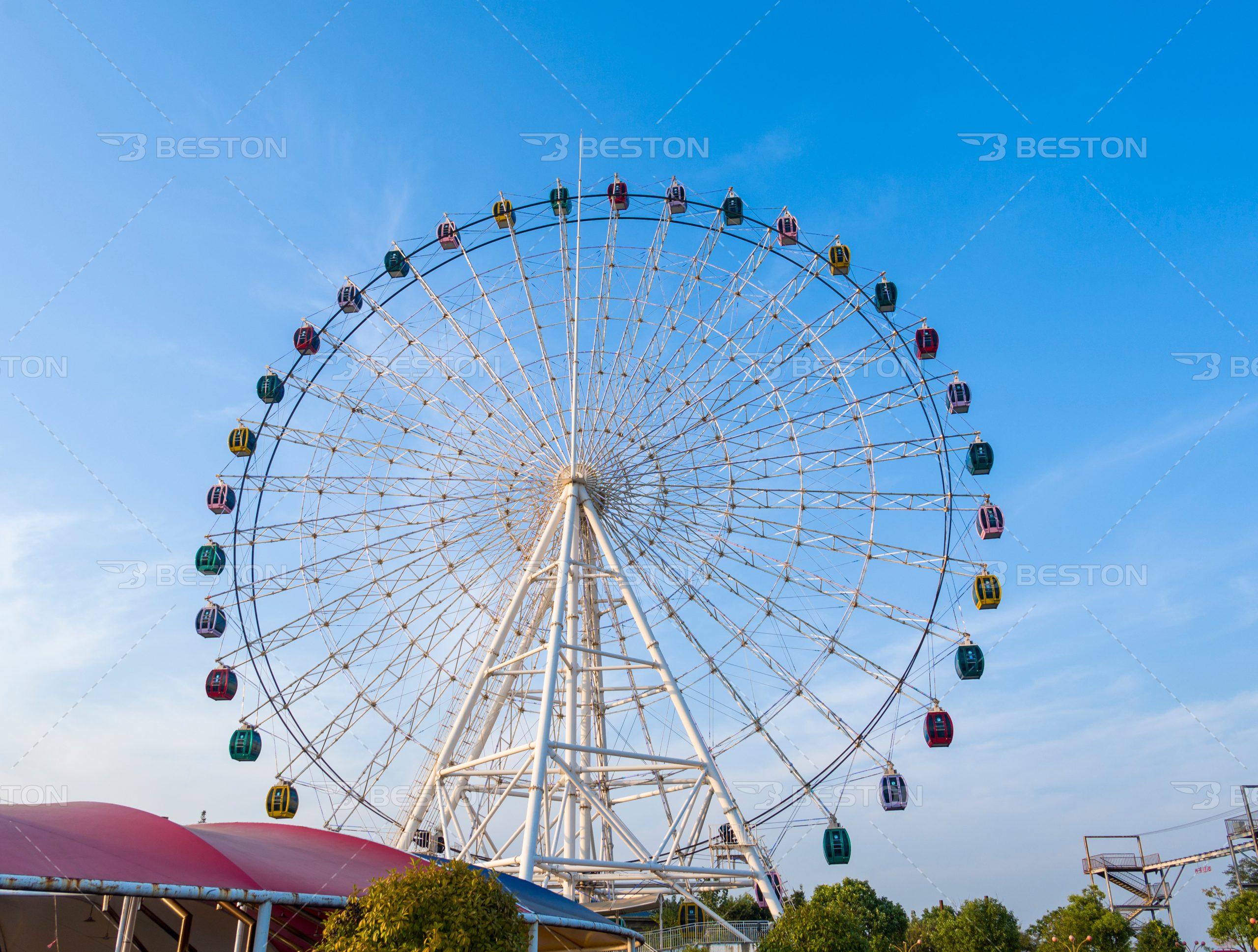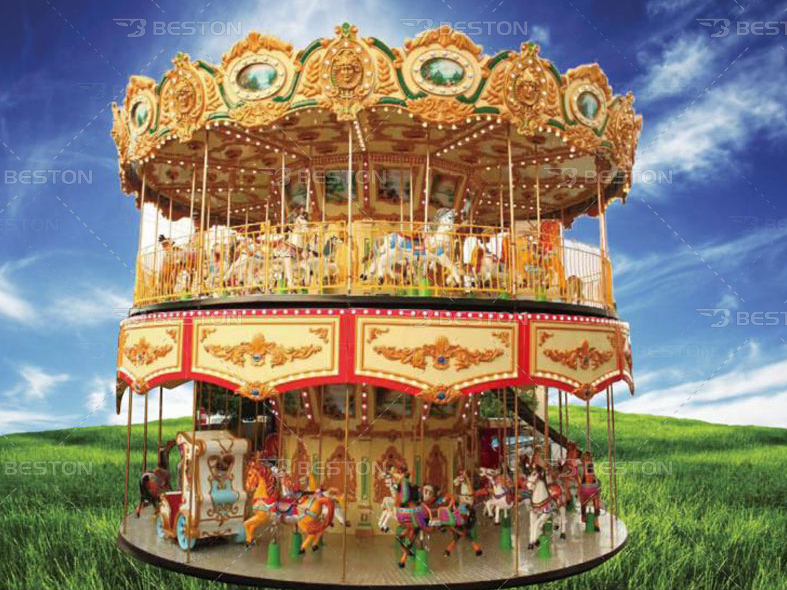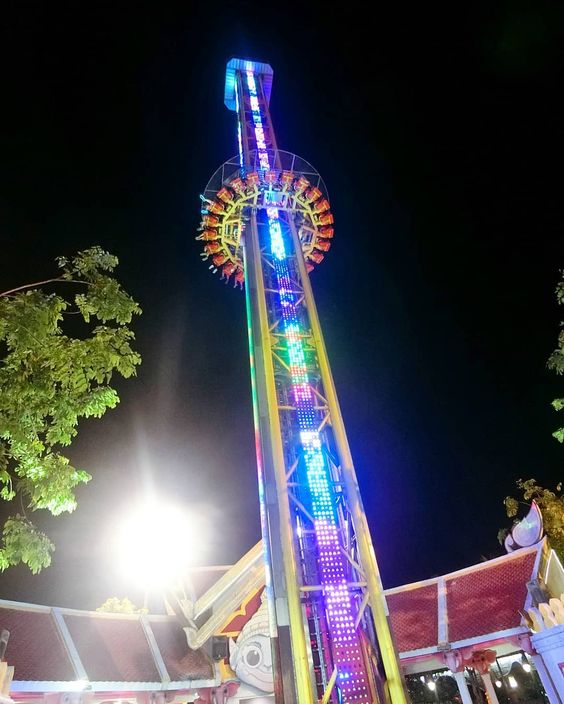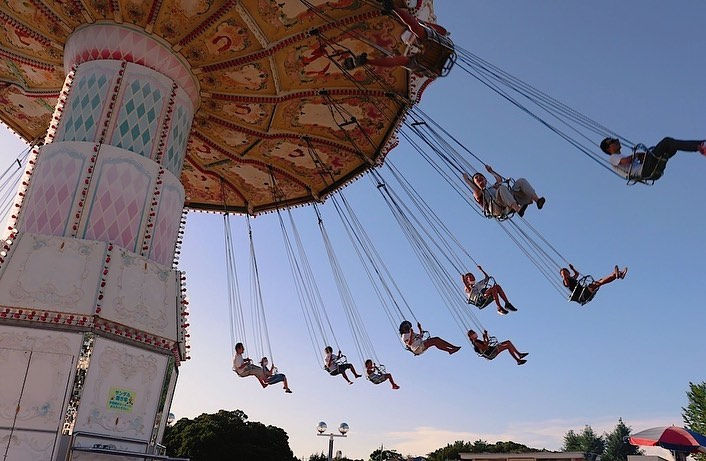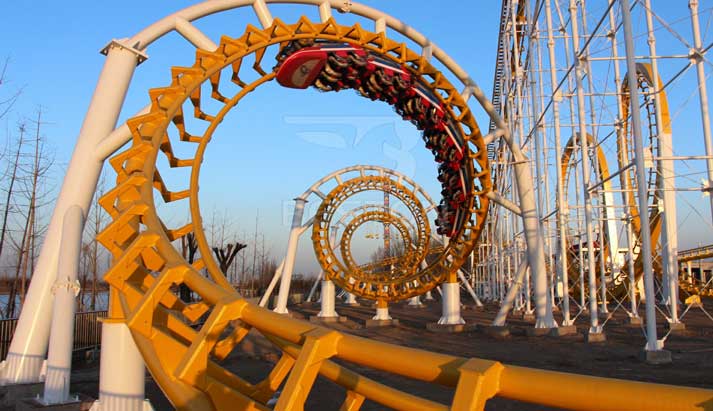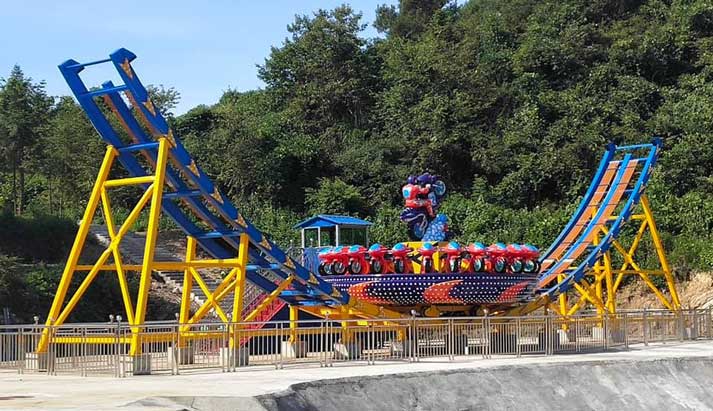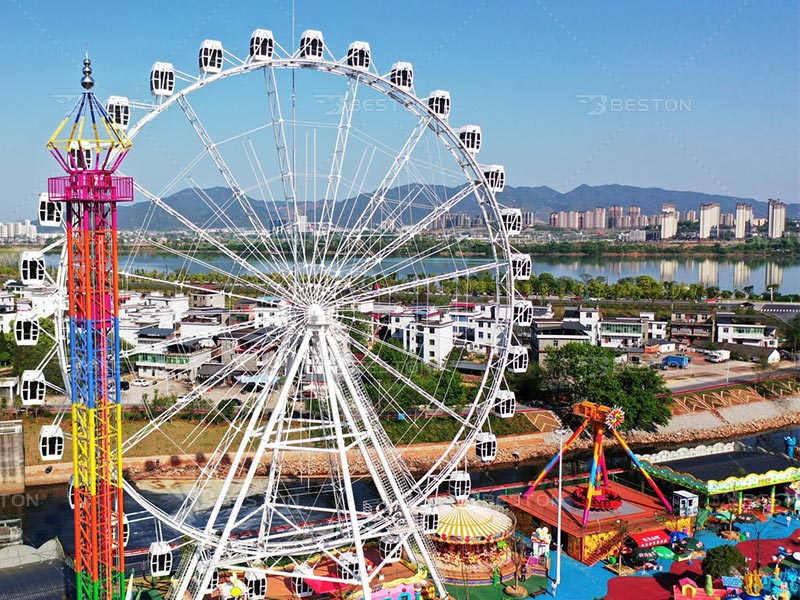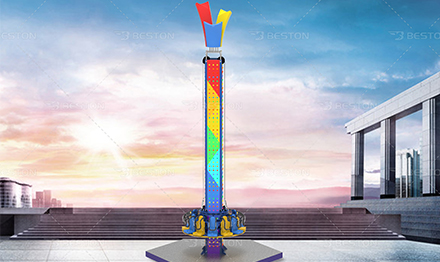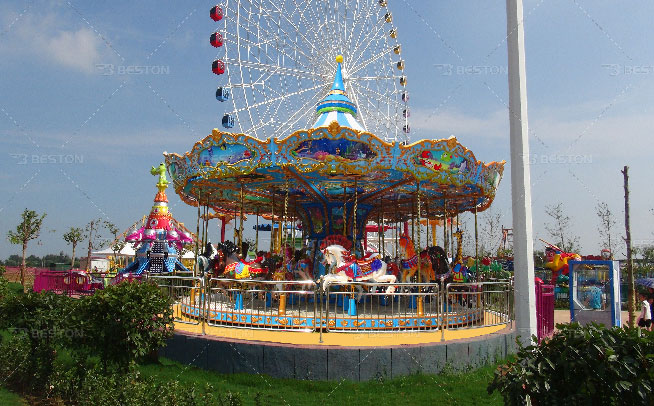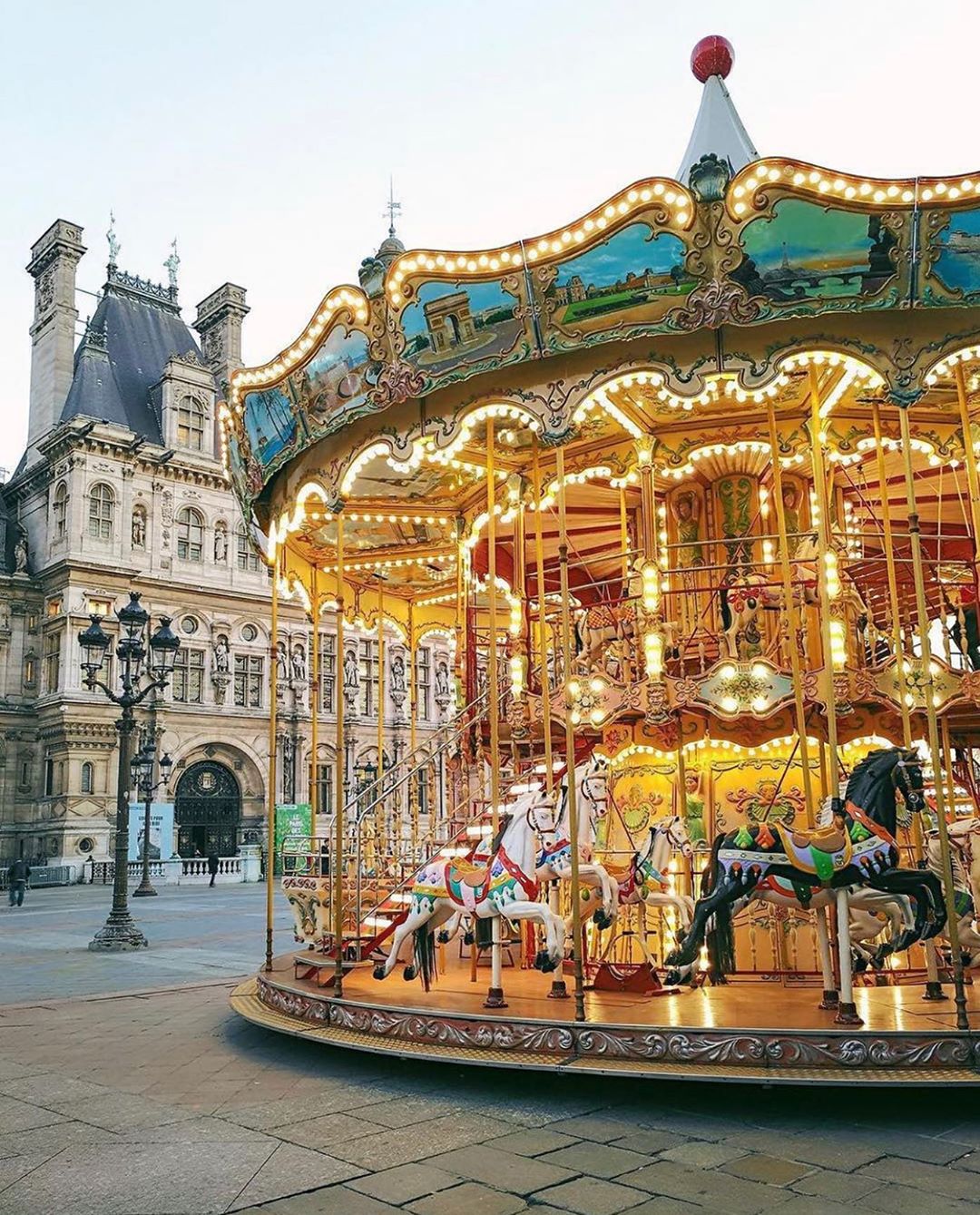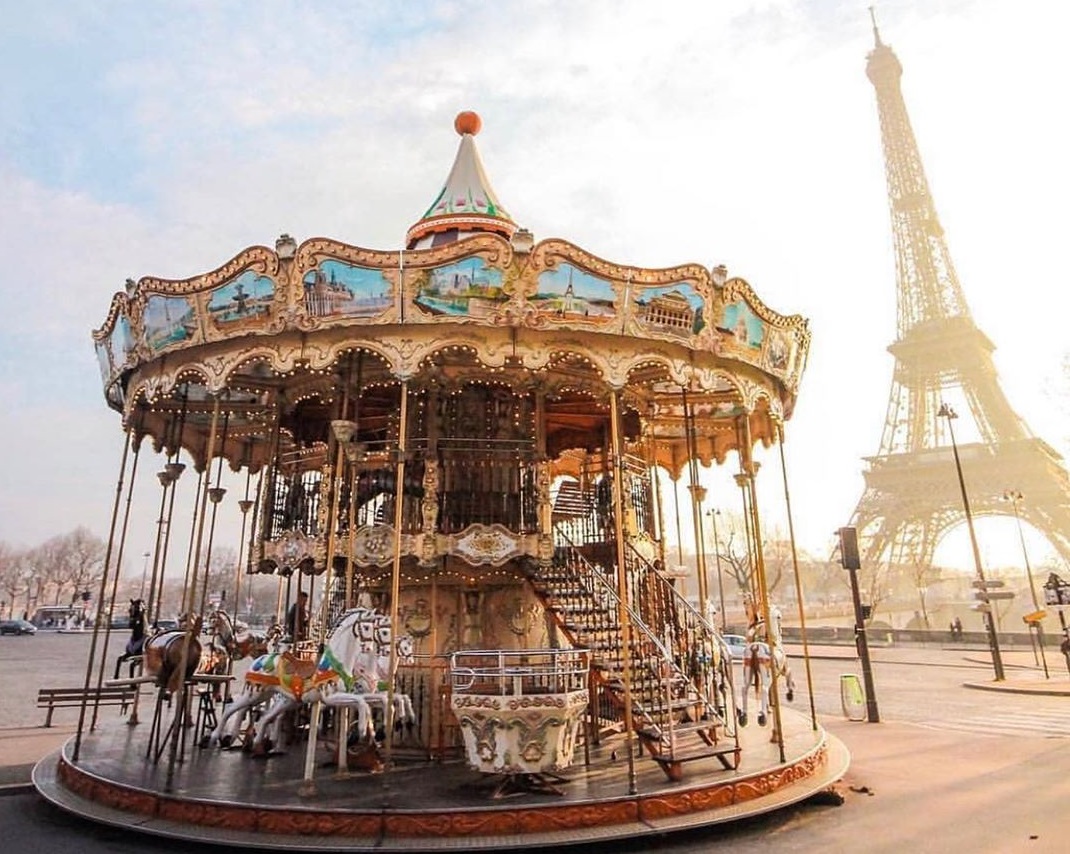When investing in a roller coaster for your amusement park or traveling carnival, one of the most overlooked yet essential factors is spatial compatibility. Roller coasters come in many shapes and configurations, and not every layout fits every environment. From towering steel beasts to compact junior models, choosing a ride that suits your space is fundamental to ensuring both safety and smooth operations.
Understanding how to assess size, design, and layout can make the difference between a successful attraction and a costly mistake. Let’s explore the details behind finding the right-sized roller coaster (американские горки) for your venue—and why proper planning matters.
Matching Ride Dimensions with Venue Restrictions
Not every amusement facility has the luxury of unlimited square footage. Urban rooftop parks, indoor family entertainment centers, and pop-up carnivals often operate within tight spatial constraints. Roller coasters—especially those featuring multiple loops, long tracks, or dramatic elevation changes—require a surprising amount of horizontal and vertical clearance.
Before approaching a manufacturer or placing an order, you must accurately measure your site’s available footprint. This includes:
- Ground area (length × width)
- Maximum allowed height
- Setback distances from other structures or rides
- Emergency exit routes and maintenance access zones
Even a minor oversight in layout planning can lead to reinstallation costs, delays, or code violations. Always confirm that the roller coaster’s footprint matches your venue’s zoning and safety requirements.
Compact Roller Coasters for Small Spaces
If you’re working with limited room, it doesn’t mean you have to give up the idea of having a roller coaster. In fact, many manufacturers offer compact coaster designs that deliver thrilling experiences in tight footprints. These rides often feature tight turns, quick drops, and efficient layouts that loop back on themselves, maximizing the thrill per square meter.
Some options to consider for space-efficient roller coasters include:
- Wacky worm-style coasters with single-lap circuits
- Junior rides designed for kids, which require shorter track lengths
- Indoor-friendly layouts that stack elevation rather than expand horizontally
These models are not only easier to install in smaller venues but also more affordable and quicker to set up. If your amusement park already includes popular attractions like a swing ride (цепочная карусель) or bumper cars, adding a compact coaster creates variety without overcrowding.
Accounting for Ride Elevation and Structure
Vertical clearance is often an issue when roller coasters are placed near other tall attractions such as a swing tower ride (аттракцион седьмое небо), observation wheel, or themed drop tower. Roller coasters with high climbs or sharp descents may interfere with the sightlines or safety clearances of nearby rides.
When designing your layout, take into account:
- The maximum elevation of the coaster’s lift hill
- Potential interference with other ride structures
- Wind load considerations if installing outdoors
- Anchoring requirements and underground utilities
Collaborate with an experienced ride engineer or layout designer to optimize ride (аттракционы купить) placement and elevation without compromising safety or visual appeal.
Balancing Thrill with Feasibility
It’s tempting to choose the largest, most thrilling roller coaster you can afford, but size should never come at the expense of operational feasibility. Oversized rides often demand:
- More staff to operate safely
- Larger safety perimeters and fencing
- Higher maintenance budgets
- Increased insurance premiums
Instead of going big, go strategic. Focus on creating an integrated ride experience—perhaps pairing a medium-sized coaster with a themed swing ride or a motion-based VR attraction. This approach allows you to offer variety without overwhelming your infrastructure.
Choosing Scalable Layouts for Future Growth
If your park is new or rapidly expanding, it may be wise to plan for scalability. Select a modular roller coaster that allows additional track segments or cars to be added later. These scalable designs ensure that as your foot traffic grows, your ride capacity can grow too—without needing to replace the entire ride.
Likewise, consider how the layout can evolve to accommodate new attractions. For instance, if you eventually plan to install a swing tower ride, ensure the current coaster doesn’t block potential install zones or exceed noise level regulations in adjacent zones.
Making the Right Size Decision
In summary, space planning should never be an afterthought when buying a roller coaster. From physical dimensions and height limitations to guest flow and sightline impact, size influences every aspect of how a ride functions within your venue.
Key tips to remember include:
- Always measure and model your space before browsing ride catalogs.
- Consult manufacturers who offer tailored layout solutions.
- Don’t assume “bigger is better”—look for rides that match your crowd’s thrill preference and your infrastructure.
- Consider synergy with other rides like swing rides to create well-balanced ride zones.
Final Thoughts: Planning Pays Off
Selecting the right roller coaster isn’t just about the excitement—it’s about choosing a ride that fits your space, integrates with your attractions, and leaves guests wanting more. Whether you’re adding your first thrill ride or upgrading your current lineup, making a size-conscious choice ensures your investment is both profitable and practical.
And remember, while a roller coaster may be the centerpiece of your park, it’s the combination of attractions—coasters, swing tower rides, fun houses, and more—that truly keeps visitors coming back.



